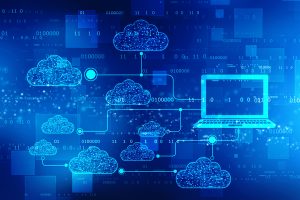 With a number of high-profile security hacks involving widely used software, government agencies are retraining their focus on their organization's security measures and those of the vendors and service providers that work with them. This shift in focus was actually on the rise before the recent hacks in anticipation of cyberattacks just like the ones we've recently seen.
With a number of high-profile security hacks involving widely used software, government agencies are retraining their focus on their organization's security measures and those of the vendors and service providers that work with them. This shift in focus was actually on the rise before the recent hacks in anticipation of cyberattacks just like the ones we've recently seen.
In January of 2020, the Defense Department implemented the Cybersecurity Maturity Model Certification (CMMC), a unified standard for implementing cybersecurity across the defense industrial base (DIB), which includes over 300,000 companies in the supply chain. Contractors have always been held responsible for implementing and documenting their IT systems' security that touch sensitive government data. Under CMMC, this continues, but adds the need for a third party to assess the contractor's compliance.



 Shared Services in government is nothing
Shared Services in government is nothing FirstNet is a nationwide wireless broadband network for first responders being built and deployed through a first of its kind public-private partnership. FirstNet was borne out of the September 11, 2001 tragedy where it became clear that the radio systems police, fire, and paramedics relied on did
FirstNet is a nationwide wireless broadband network for first responders being built and deployed through a first of its kind public-private partnership. FirstNet was borne out of the September 11, 2001 tragedy where it became clear that the radio systems police, fire, and paramedics relied on did In regards to remote working, the general consensus seems to be, "you can't put the genie back in the bottle."
In regards to remote working, the general consensus seems to be, "you can't put the genie back in the bottle." 
